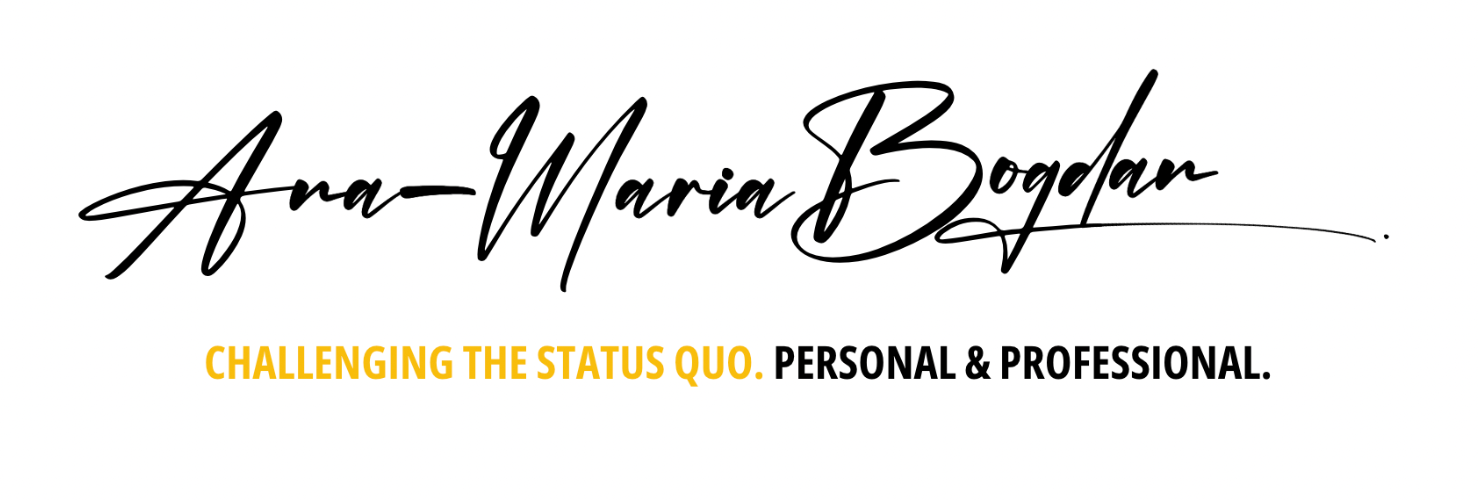Romania’s National Day carries a lot of emotions and special meaning to me. And it all has to do to do with my grandparents, my ancestors, the Great Romania founding …
Tag:
Queen Marie of Romania
-
-
Way long before Yves Saint Laurent, Tom Ford, Dior, Tory Burch and other famous designers discover the beauty of the Romanian folk costume, there was an extraordinary woman who loved …
-
Do not let yourself mislead by the word IA! This time I’m not writing about information architecture. This time is about the Romanian IA, the traditional blouse wore by our …


